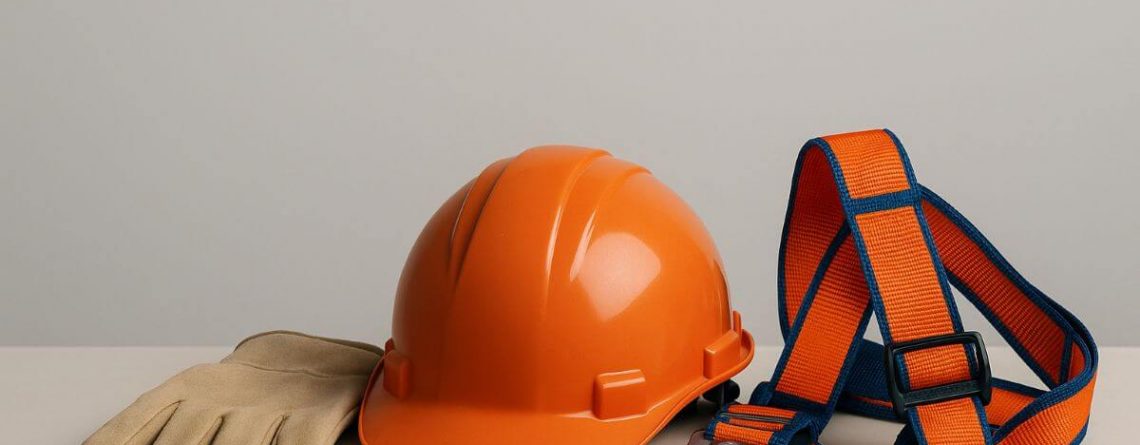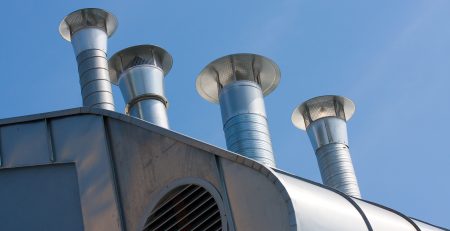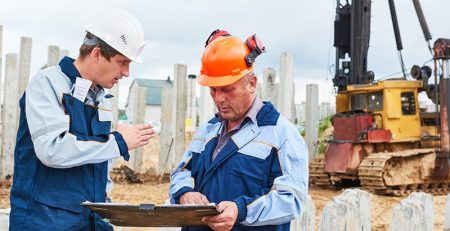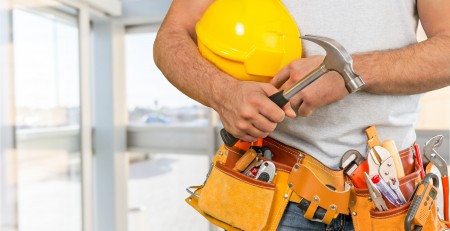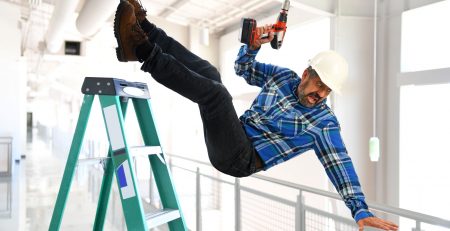Ensuring safety and efficiency in roofing maintenance
Roofing maintenance projects require strict adherence to safety measures to protect both workers and property. Accidents can lead to severe injuries and financial setbacks, making safety a top priority. By following established protocols, contractors ensure efficient and hazard-free operations.
The NWIR plays a pivotal role in promoting these best practices, ensuring that every roofing project meets the highest safety standards. This article explores essential protocols, training, equipment, and safety oversight crucial for successful roofing maintenance.
Implementing safety protocols
In roofing maintenance, following established protocols is essential for ensuring worker safety. Contractors must comply with industry standards and regulations designed to minimise risks associated with high-elevation work. These protocols include thorough risk assessments, which identify potential hazards before the commencement of any project. By doing so, contractors can implement strategies to mitigate these risks effectively.
Another critical component of safety protocols is the use of personal protective equipment (PPE). Workers are equipped with helmets, harnesses, and non-slip footwear to protect them from falls and other accidents. Regular inspections of this equipment ensure that all gear is in optimal condition, reducing the likelihood of equipment failure during operations. The commitment to such detailed precautions underscores the significance of safety in roofing maintenance.
The importance of a well-documented safety plan cannot be overstated. Contractors draft comprehensive plans outlining emergency procedures and communication protocols. These plans are routinely reviewed and updated to accommodate new safety measures or address recent incidents within the industry. This proactive approach ensures that all team members are prepared to handle unforeseen situations efficiently.
Training and equipment
Training is the cornerstone of any effective safety strategy in roofing maintenance projects. Workers must undergo rigorous training sessions that cover safe work practices, equipment handling, and emergency response. This training empowers workers with the knowledge and skills required to perform their tasks safely and competently.
The use of appropriate equipment further complements this training. Specialised tools designed for specific roofing tasks not only improve efficiency but also enhance worker safety by minimising the risk of accidents. Regular maintenance checks on these tools ensure they remain functional and safe for use, preventing mishaps caused by faulty equipment.
Continuous education plays a significant role in maintaining high safety standards within the industry. Workshops and seminars keep workers updated on new technologies and evolving best practices in roofing maintenance. This ongoing learning process fosters a culture of safety awareness among employees, ultimately leading to safer job sites.
Ensuring safety oversight
Constant safety oversight is essential to prevent accidents during roofing maintenance projects. On-site supervisors are responsible for monitoring adherence to safety protocols and ensuring compliance with industry standards. Their vigilant presence helps identify potential hazards early, allowing for immediate corrective action.
A proactive approach to safety oversight involves regular audits and inspections. These evaluations assess whether current practices align with established standards and identify areas for improvement. By continuously refining their safety measures, contractors can significantly reduce accident rates on their sites.
Encouraging open communication among team members also enhances safety oversight. Workers should feel empowered to report unsafe conditions or practices without fear of reprisal. This collaborative environment promotes a culture of accountability where everyone takes responsibility for maintaining a safe workplace.
Learning from real-world examples
Examining real-world examples showcases the effectiveness of prioritising safety in roofing maintenance projects. Several contractors have implemented comprehensive safety programs resulting in reduced incident rates and improved project outcomes. These examples highlight how a strong focus on training, equipment maintenance, and oversight contributes to safer working environments.
The positive impact of these programs extends beyond mere compliance with regulations; they foster trust between contractors and clients who value responsible service providers. Clients are more likely to engage contractors who demonstrate a commitment to safeguarding their workforce while delivering quality results.
This focus on safety not only protects workers but also enhances overall project efficiency by minimising delays caused by accidents or equipment failures. By learning from successful case studies, other contractors can adopt similar practices tailored to their specific needs.

